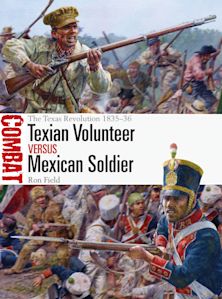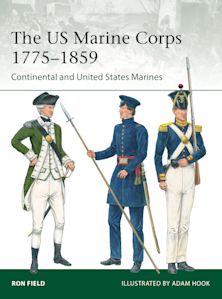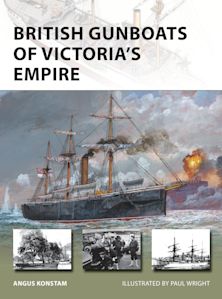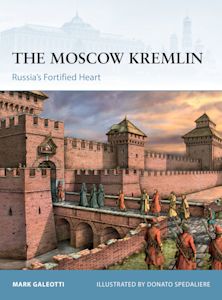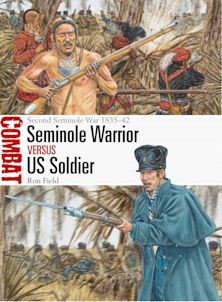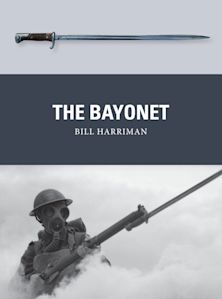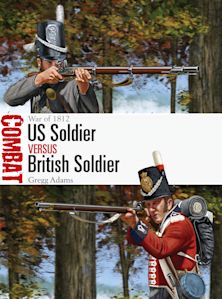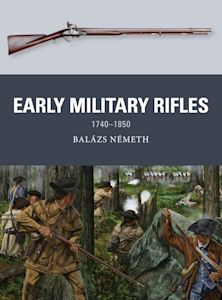Osprey Publishing Home
The Fortifications of Verdun 1874–1917
- Delivery and returns info
-
Free CA delivery on orders $40 or over
Description
The Battle of Verdun is one of the most well known and infamous battles in history. While the battle is remembered for acts of horror, bravery, and honor, it is also closely entwined with the ring of fortifications built to defend the key town of Verdun on the Meuse River that lay in the path of the German attack.
When one thinks of Verdun, one also thinks of Douaumont and Vaux, two forts on the far edge of the battlefield that came to symbolize the French struggle to regain their land from the Germans. In the months after its capture, Fort Douaumont's turtle-shaped heights stood as an ultimate objective and driving force for the French Army. The terrible combat that took place in the tunnels of Fort Vaux serves as an example of how the French attempted to hold on to the last inch of land to the last man.
From 1874 to the outbreak of World War I in 1914, construction and improvement of the fortifications of Verdun continued non-stop. It was considered by military engineers to be the strongest place in Europe and indeed it may have been in terms of flanking fire coverage of the battlefield, firepower from its 155mmnn and 75mm guns and howitzers, and its concrete protection. However, none of this came to the mind of General Pétain when, after the unanticipated and successive destruction of the forts of Liège, Namur, Antwerp, and Maubeuge by the German heavy siege guns, he decided that permanent forts were no longer of great value.
As a result, all of Verdun's artillery pieces not in fixed turrets were removed and the fortress garrisons stripped down to maintenance crews. Thus, it was a very different fortress that faced the Germans in 1916. However, as the battle progressed and the value of the forts, not only as patriotic symbols but strategic objectives and powerful strongholds was regained, the tide turned again, affecting not only the outcome of the battle, but future military engineering concepts and ideas that would ultimately produce the Maginot Line.
Product details
| Published | Apr 19 2011 |
|---|---|
| Format | Paperback |
| Edition | 1st |
| Extent | 64 |
| ISBN | 9781849084123 |
| Imprint | Osprey Publishing |
| Illustrations | Black & white and colour photos; full colour artwork |
| Dimensions | 248 x 184 mm |
| Series | Fortress |
| Short code | FOR 103 |
| Publisher | Bloomsbury Publishing |
Reviews

Resources
Book Vote
Tell us what titles you would like to see published by Osprey, then vote for your favourites in our monthly book vote!









